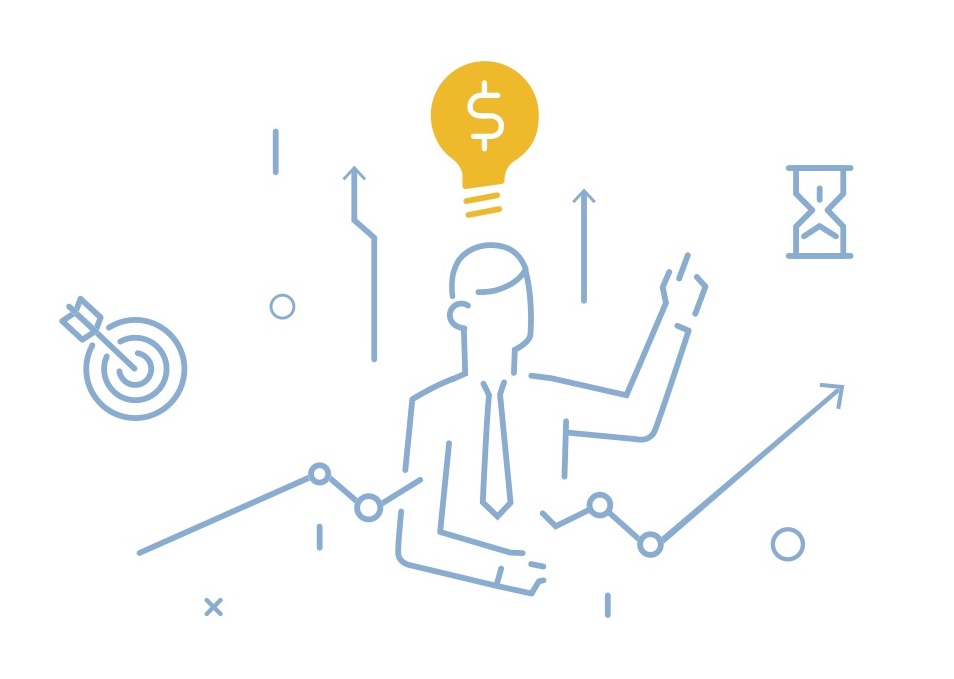143: Per Bylund: How Austrian Entrepreneurs Succeed
Successful entrepreneurs are Austrians, they just don’t know it yet. This is a famous assertion from Dr. Per Bylund, and we dissect its meaning in the latest Economics For Business podcast.
Key Takeaways and Actionable Insights
Success starts from a deep understanding of subjective value (see Mises.org/E4B_143_PPT).
What’s the value of a successfully completed Google search? What’s the value of the feeling of satisfaction that results from having cooked an excellent meal enjoyed by your family? What’s the value of the PowerPoint template you utilized to make a well-received boardroom presentation that may boost your corporate career?
Austrian entrepreneurs know not to ask the question in that form. First, value is not measurable; it’s a feeling or experience in the mental domain. It may have great intensity, it may have long duration, but it can’t be measured in dollars or with any other number.
Yet the generation of customer value is the entrepreneur’s goal. How can the goal be achieved when the understanding of value is so challenging and its measurement is impossible? This is the brilliant advantage of the Austrian entrepreneur.
The customer learns what a value experience feels like.
A customer can’t describe the value they are seeking or what goods and services will deliver it. The value process is not one of demand and supply. As Ludwig von Mises understood, customers feel a sense of unease — “things could be better” — and begin to explore possible avenues to relieving their unease. Of course, this exploration takes place within a complex system of needs: individual and personal goals, family comfort and security, job success and economic status. Customers sort through possibilities with incomplete information and in the context of uncertainty. The gap between feeling unease and finding the best good or service to address it is large. They might try multiple potential solutions with varied cost/benefit profiles before they arrive at one that seems best, or better than alternatives. In other words, they learn: value is a learning process.
The entrepreneur helps their customers to learn.
The customer’s value thinking is constrained: in the present, they can’t imagine a solution that they haven’t yet tried or that has not been available to them. The entrepreneur innovates around the constraint, by providing and communicating new means that the customer could utilize in the future.
Entrepreneurs can’t directly shape the customer’s choice. It’s a fallacy to believe that advertising or promotions or presentation of features and benefits can accomplish that. The customer’s context is too complex for such a simple mechanism to work. The entrepreneur creates a tomorrow in which the customer will feel better off, and provides the means to facilitate the experience, a means for the customer to learn what a better tomorrow feels like. They meet customers in a market that doesn’t yet exist.
Austrian entrepreneurs have a unique value generation tool.
The complexity of the customer’s value system — all the components of value interacting and changing in time — can be simplified with the use of a key that Austrians call the hierarchy of values. Every individual has a set of goals or values they pursue in life. Some of these are more important than others — we call them the highest values. For example, people who engage in sport and athletic activities may have several values for doing so: for fitness and health, for social reasons, for self-improvement, and so on. One value may be the most important in their own individual hierarchy — for many people it is the sense of achievement. By improving their speed or time of running or bicycling, by winning a tournament or a league or playing on a winning team, the individual can experience a sense of personal achievement that is rare, valuable, and fulfilling.
It is a commercially strong behavior to appeal to this highest value among customers. Nike does this for example with its “Just do it” appeal. To simply undertake the athletic activity is achievement: you’ve done something. And, of course, Nike wearables help the process of experiencing the highest value.
All entrepreneurs can appeal to customers’ highest values, and the Austrian entrepreneur has deeper insight into this action.
Austrian humility is a success factor.
So much of business success is projected as heroic implementation of superior strategy. Austrian entrepreneurs do not suffer from such hubris. They take a humble approach to business, understanding that the customer is often engaged in searching and learning without a clear outcome in mind, and that, therefore, the entrepreneurial business cannot be certain of any future results. Entrepreneurs humbly follow, letting the searching customer take the lead, and accepting the customer’s terms of service.
This is how entrepreneurs learn how to facilitate value — often from the harms they suffer from getting their value proposition out of alignment with the customer’s preferences. If the value proposition is wrong, or the price is too high, or the convenience not to the customer’s liking, then no transaction is made, and the entrepreneur must — humbly — adjust. The most successful entrepreneurs are able to maintain their attitude of humility at all points in the value cycle.
Austrian entrepreneurs take the role of fitting in to the customer’s value system. It’s a flow, not a plan.
Conventional business planning is anathema to Austrian entrepreneurs. The linear process of producing and selling to generate transactions with the goal of meeting a targeted volume or revenue in a fixed period of time is not appropriate for the humble, learning, exploring business of entrepreneurship.
Entrepreneurial success stems not from good planning but from adaptively fitting in to the evolving value system we call the market — a system that is different for every individual customer, and into which many overlapping and competing entrepreneurial value propositions are also trying to fit.
Planning is not a good tool for this purpose. Creativity, imagination, and adaptiveness are called for. The dynamic of learning from the customer and adjusting to changing signals calls for responsiveness not plans. The entrepreneurial journey with the customer is a flow, sometimes through white water. In this context, the Silicon Valley concept of pivoting is appropriate, although not quite as the West Coast gurus see it. Their pivot is a one-time major shift in direction, perhaps to a new business model when the original one proves inadequate. The Austrian pivot is continuous and flowing, adjusting the boat to the subtle and frequent signals sent by customers.
Explore, Realize, Then Keep Exploring.
We’ve talked in the past about an “explore and expand” model for entrepreneurial value generation. The entrepreneur co-explores various paths to value with the customer, and when one emerges as productive of significant value, the entrepreneur can expand the allocation of resources to that path and drive revenue growth, through selling more to the same customers, or recruiting new customers or both.
Professor Bylund added some nuance to this: the entrepreneur never stops exploring. When an exploration results in substantial value realized, there remains a lot of further exploration to understand the value experience of the customer in greater depth and detail, and continuous monitoring of changes and adjustments in the customer’s system and value network. The entrepreneur is continuously tested.
The entrepreneurial ethic is an ethic of service; profit is a shared outcome of consumer and producer choices.
Entrepreneurial firms are in business to serve customers. This principle may be appropriately expressed via mission statements and expressions of purpose; it remains the core of all entrepreneurship. Profit is an outcome of two collaborative choices: the exchange price the consumer is willing to pay for the value they anticipate receiving, and the choice of costs the entrepreneur considers proportionate to the value he or she expects to generate for the customer. There are many entrepreneurs in the market for resources bidding on costs at the same time, and so the individual entrepreneur’s choices are conditioned by those made by others. Profits emerge from this system.
Cash flow is a better indicator of the capacity of the entrepreneur’s business model to convert resources into exchange value for customers (although not the artificial cash flows of engineered P&L’s — rather, the true cash flow of the customer’s eagerness to exchange for the newly produced offerings from the entrepreneur).
There’s a distinctly Austrian approach to entrepreneurial business.
In a famous paper called “Inversions of Service-Dominant Logic,” professors Stephen Vargo and Robert Lusch called for inverting “old enterprise economics or neoclassical economics” in favor of a new perspective. One of their proposals was an inversion of “entrepreneurship and the view that value creation is an unfolding, emergent process” to a position “superordinate to management”. Business schools, they stated, teach a management discipline rooted in the industrial revolution. There’s an emphasis on centralized control and planning. Vargo and Lusch sought to replace this approach with value creation as “an emergent process within an ever-changing context, including ever-changing resources; it is, by necessity, an entrepreneurial process”.
The distinctive Austrian entrepreneurship approach captures and expresses the emergent process, and provides entrepreneurs (and managers) with the tools and methods to help them shape thriving businesses as they discover new solutions to relieve customer unease.
Additional Resources
“Explore and Realize (and Keep Exploring): How Austrian Entrepreneurs Generate Value on the Path to Business Success” (PowerPoint): Download Slides
“Inversions of Service-Dominant Logic” by Stephen L. Vargo and Robert F. Lusch (PDF): Download_PDF



Leave a Reply
Want to join the discussion?Feel free to contribute!